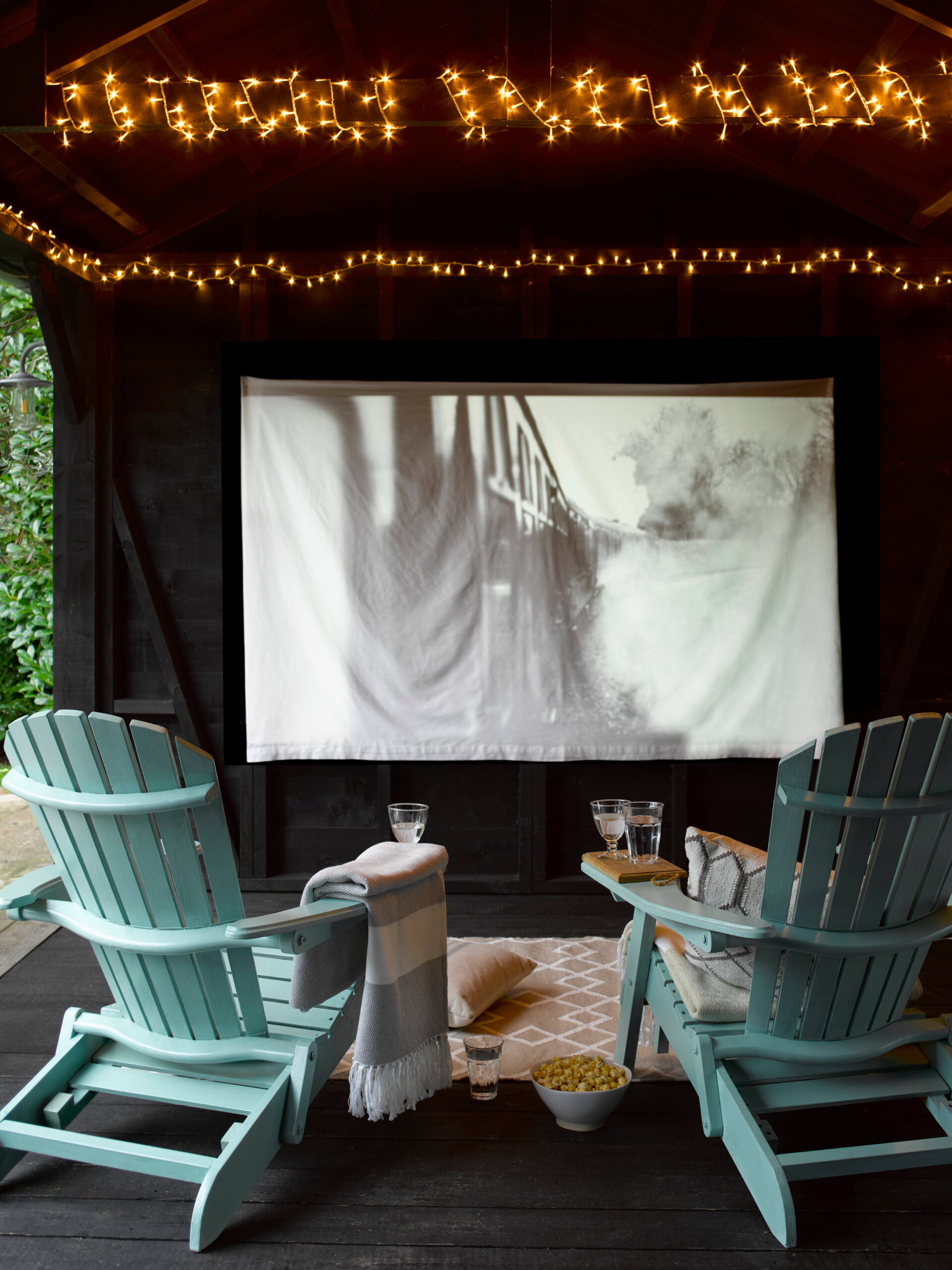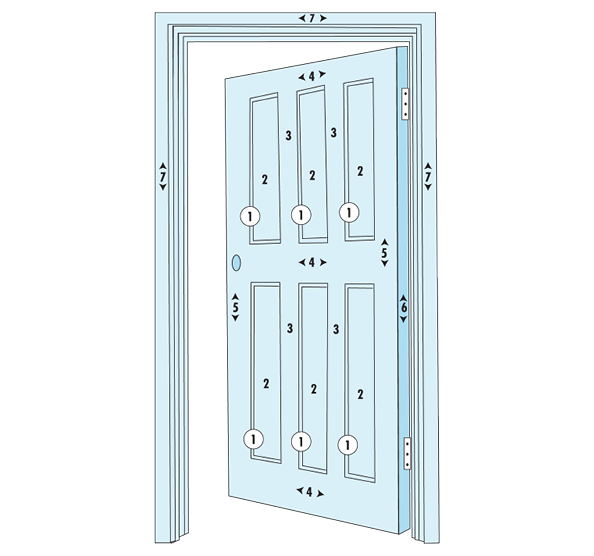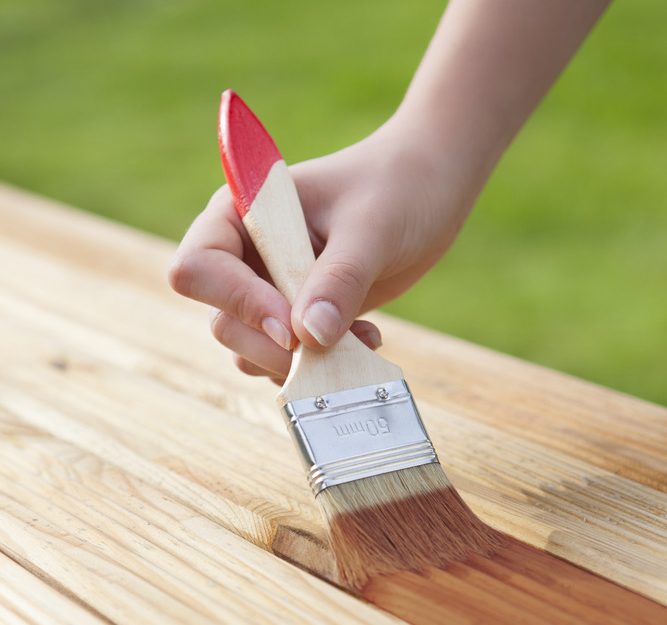Store locator
What am I painting?
Starting at the top, paint in sections working from right to left or left to right. Work your way across the house, first the top, then the middle and finally the lower part of your exterior facade. Ensure where possible you maintain a wet edge so you don’t have stripes or blocks appearing on the wall where the paint has dried unevenly.
Follow the sun, this will ensure that the surfaces are free from dew and in warm conditions. Do not paint in direct sunlight as this can lead to blistering whilst drying.
The best method of painting behind pipes without getting paint on your exterior walls is to use a piece of cardboard as a mask.
When painting externally the temperature must be 8°c or above to ensure the paint will dry effectively. Be aware, when painting late in the day, the temperature does not become too cold or damp as this will affect the end results and could create a problem.
Top Tip: When trying tester pots, paint a panel onto a card, do not use the wall.
See products
Planning painting doors
Doors should be painted in a strict sequence. First wedge the door open and remove all door furniture.
Panelled doors
These should be painted in the following order:
1. Mouldings
2. Panels
3. Centre upright
4. Horizontals, top and bottom
5. Side verticals
6. Edges
7. Frame

Get the correct tools & applicators
When applying exterior masonry paint the use of an appropriate applicator will ensure that you achieve a good finish and will allow you to get the job done with minimum effort and time.
Brush application, use a 3” or 4” masonry brush which is ideal for masonry painting projects. The use of this type of brush allows you to cut in on edges and control the paint application ensuring a suitable amount of paint is applied, especially on textured surfaces.
The use of a roller, usually a medium to high pile sleeve, will be a quicker way of painting a larger area. Adding an extension pole is a great way to apply over a larger surface more quickly.
TIP: When using a roller the pressure should be greater on the upward stroke as the roller delivers paint to the surface and less on the downward stroke as this direction of the roller is taking paint away, this can potentially cause the paint to spatter.

Checklist
For best results always use the best tools you can afford. Having the right tools for the job saves time and effort. Here is a checklist to consider before starting to paint:
1. Brushes (various sizes)
2. Glass paper
3. White spirit
4. Dust sheets
5. Masking tape
6. Masks
7. Goggles
8. Gloves
9. Extension poles
10. Steps/ Ladder
Top Tip: It is easier to clean brushes before the paint dries

Your nearest Sandtex stockist
Type in your town or postcode to discover
where you can purchase our paints.
